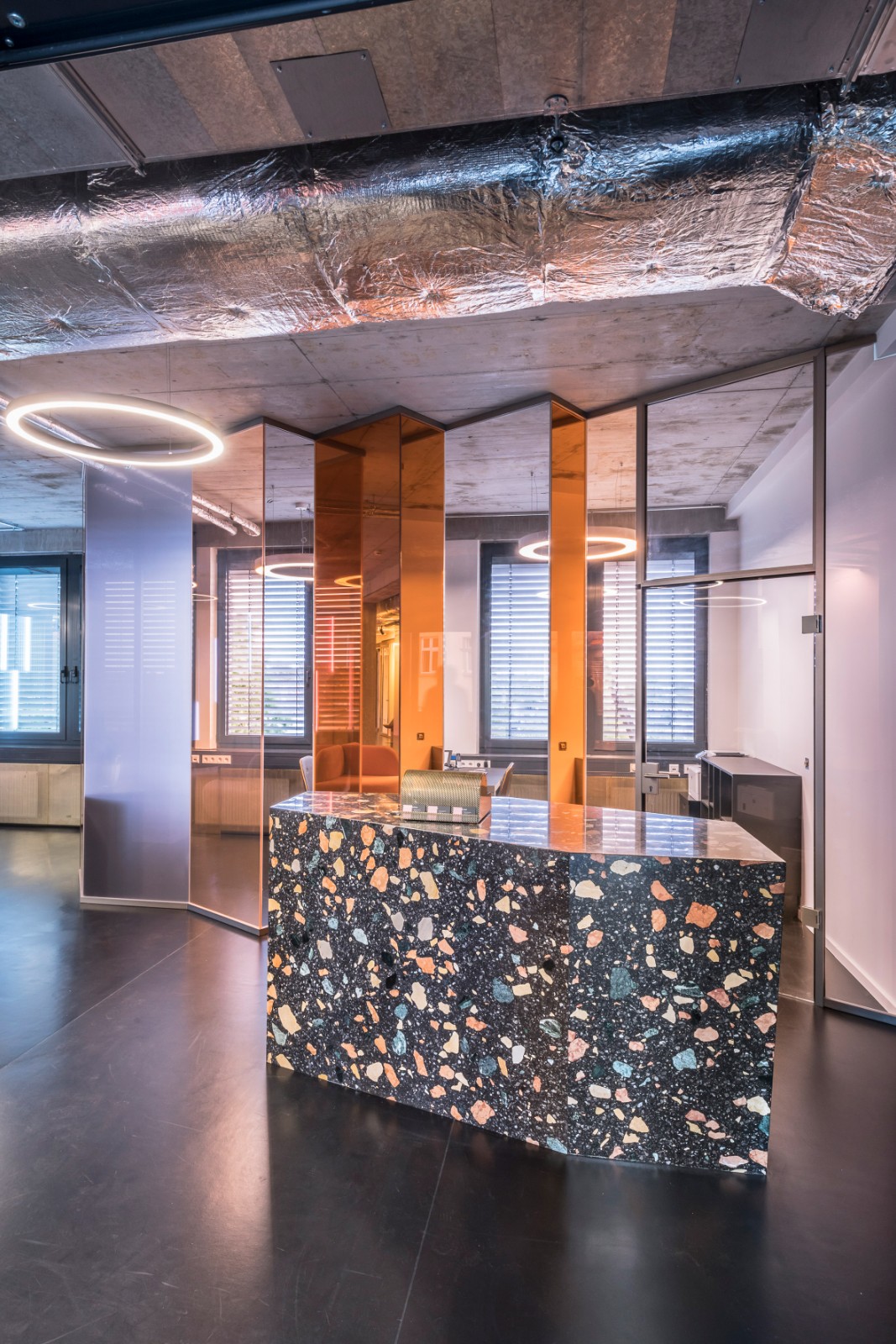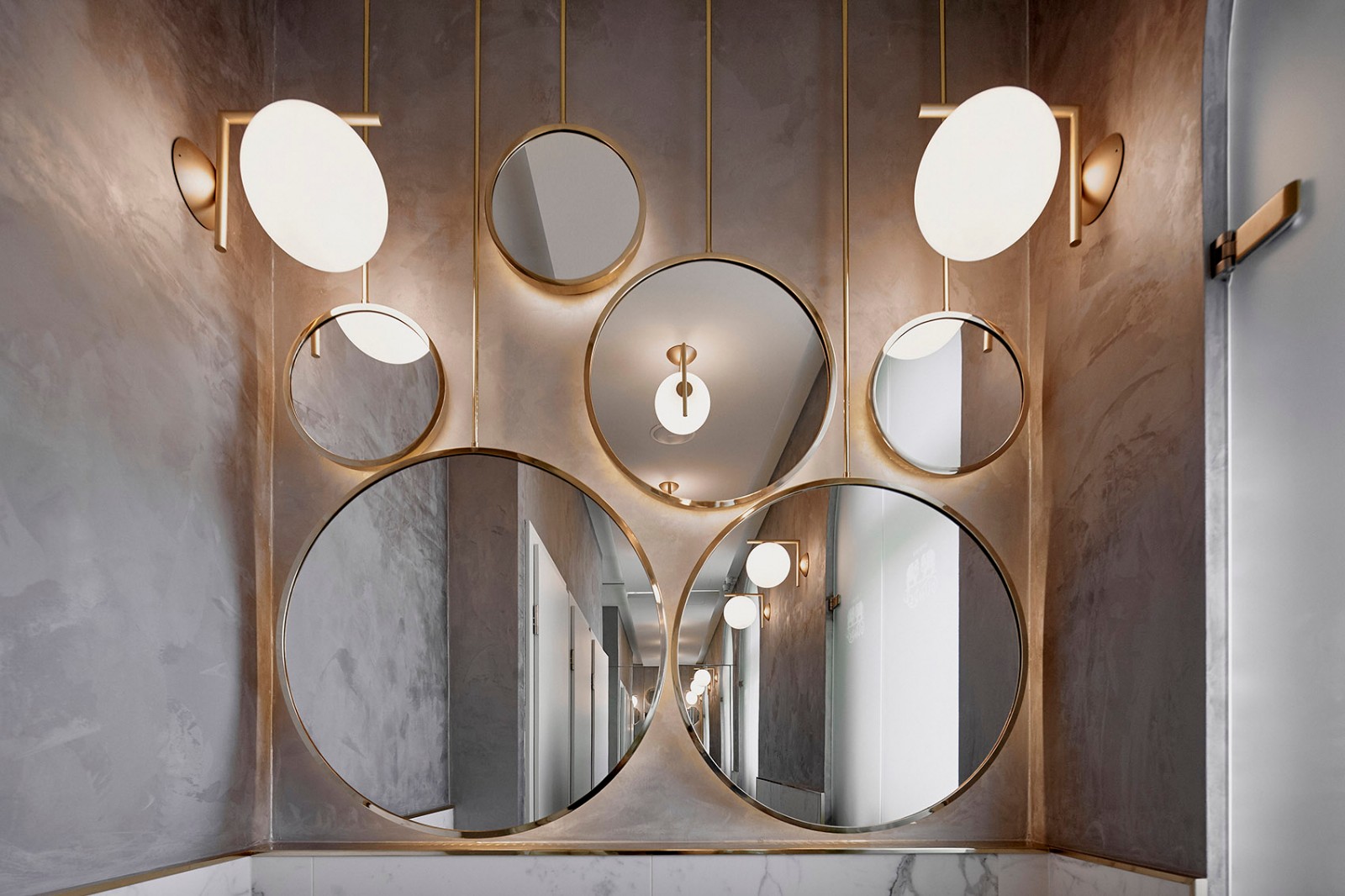House D
2012-06-14 00:00
一片狭小的地块,再加上一个非常严格的DOTS计划(一个家和一个理疗师的诊所),导致了一座对规划条例的封套提出挑战的建筑。
A narrow plot in combination with a very dens program (a home and a physiotherapist practice) resulted in a building that challenges the envelope of the planning regulations.
© Luc Roymans
卢克·罗曼斯


为了摆脱房屋两侧非建筑区的限制,传统的住宅程序被改变:日光灯功能(厨房、餐厅、客厅和露台)位于夜间功能(卧室和浴室)的顶部。
To escape the limitations of de non-building area’s on the sides of the house, the traditional dwelling-program is switched: the day-light functions ( kitchen, dining room, living room en terraces) are located on top of the night functions (bedrooms and bathrooms).
© Luc Roymans
卢克·罗曼斯


房子的整体体积被分割成较小的实体。通过移动实体,阳光直接进入房屋,在房屋及其周围发生不同的关系,通过窗户的定位优化了与周围地块的关系。右边的立面向邻居们的绿色敞开,晨曦进入了生活区域。
The monolithic volume of the house is chopped up into smaller entities. By shifting the entities, the direct sunlight enters the house and different relationships occur within the house and its surroundings. The relationship with the surrounding plots has been optimized by the positioning of the windows. The right façade opens up to the green of the neighbors and the morning sun enters the living areas.


房子的正面仍然关闭,以创造隐私和遮挡太阳在其最高点。德西南正面有窗户垂直于邻居。通过这样的定位窗口,太阳被允许穿透到生活区,而与邻居的视觉关系则被阻挡。
The front facade of the house remains shut to create privacy and to block out the sun at its highest point. De south-west facade has windows that are positioned perpendicular to the neighbor. By positioning the windows like this, the sun is allowed to penetrate into the living areas while to visual relation with the neighbor is blocked.
© Luc Roymans
卢克·罗曼斯
















































